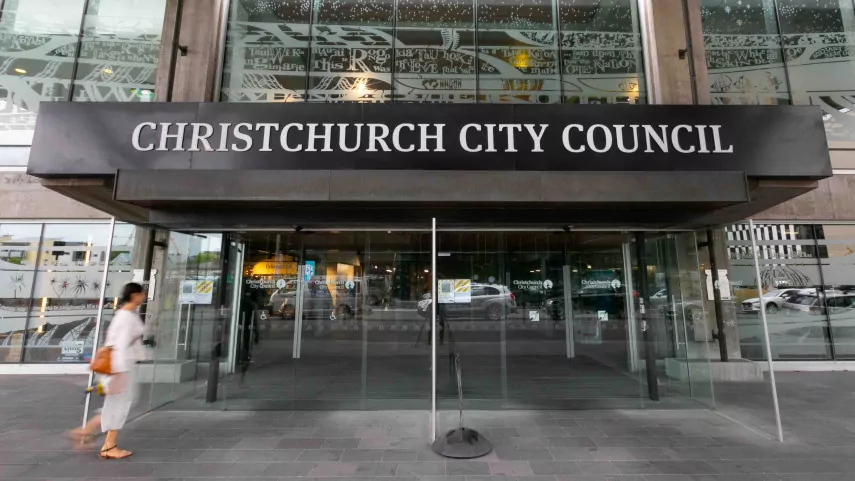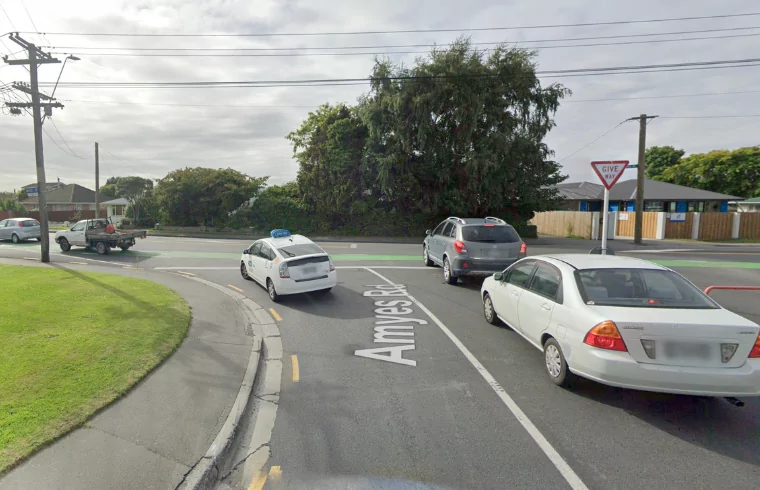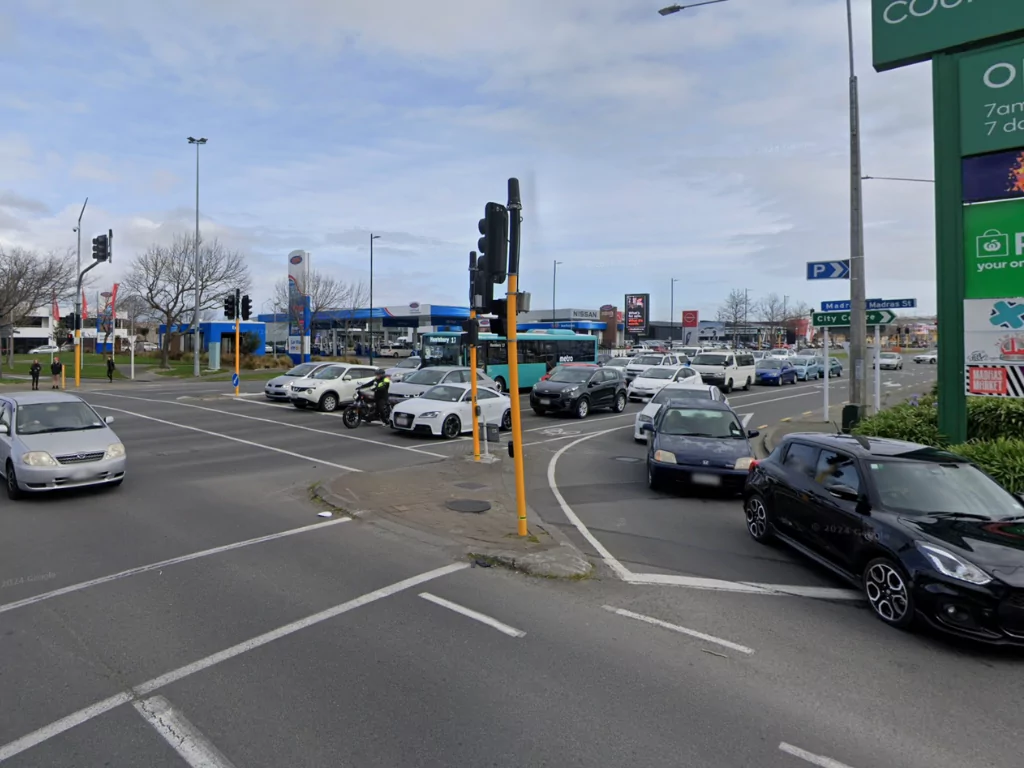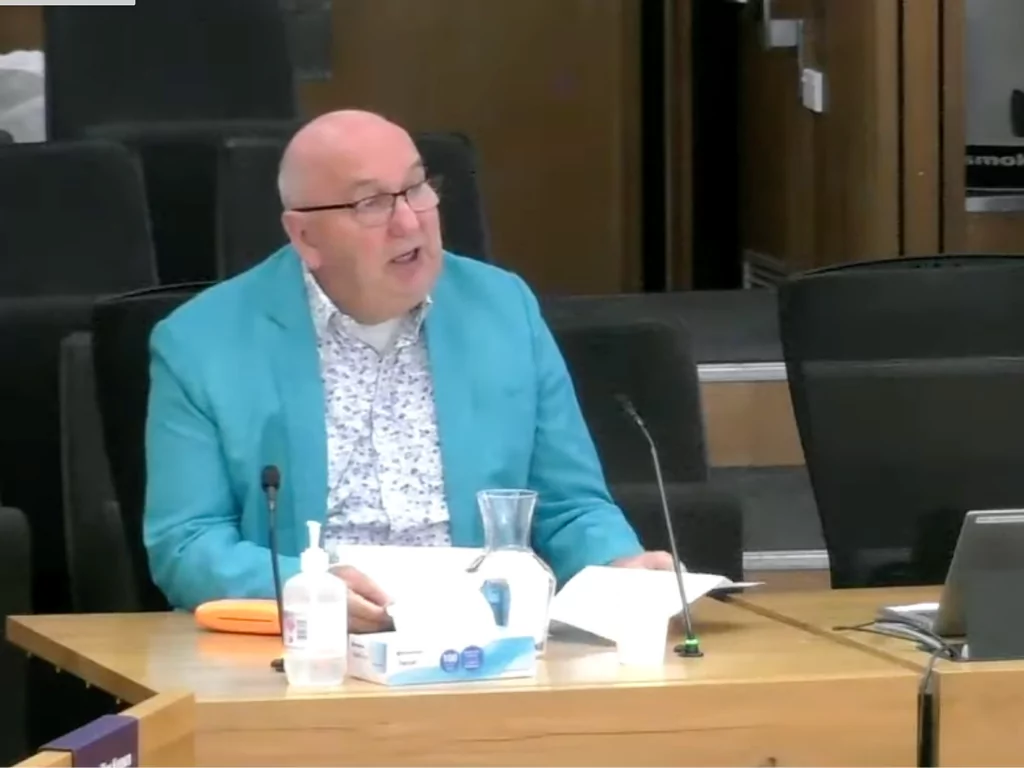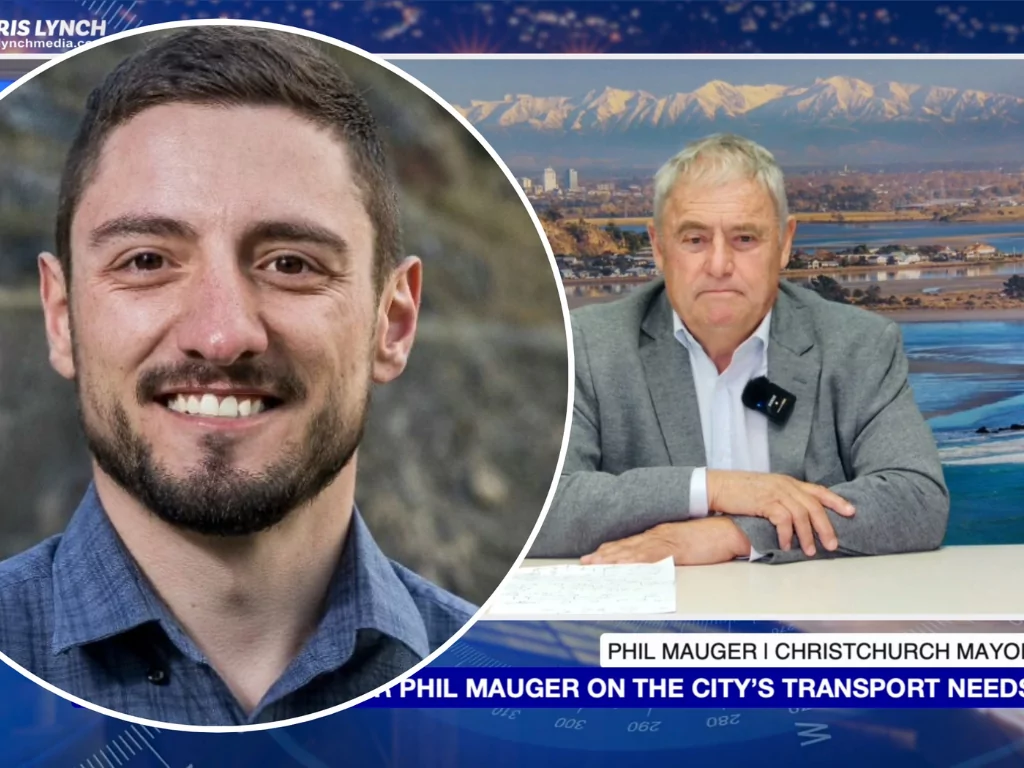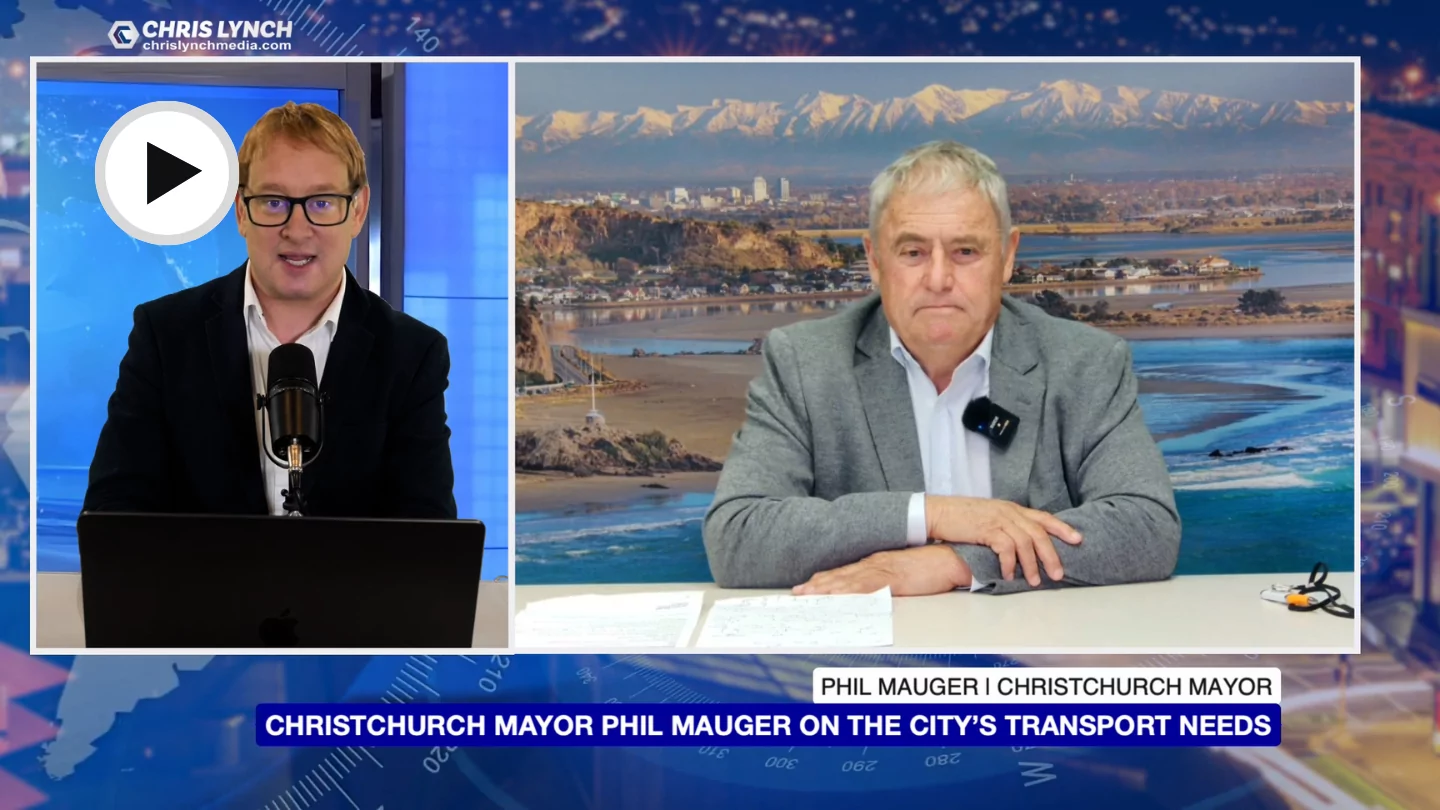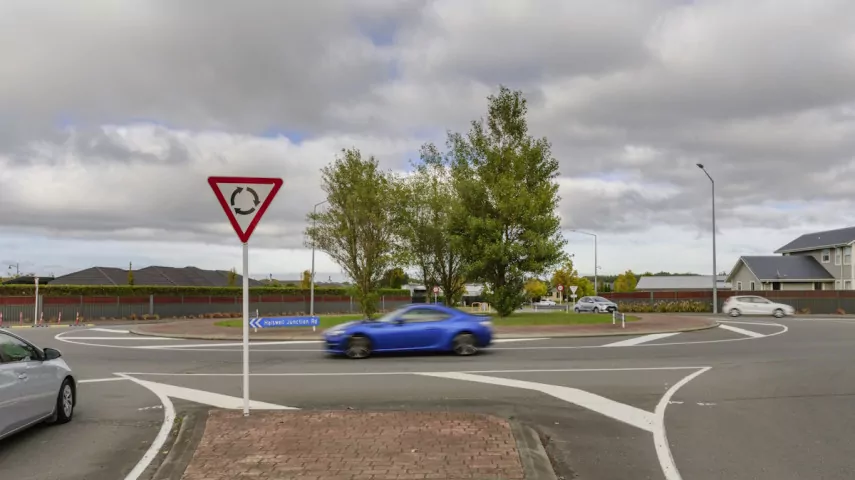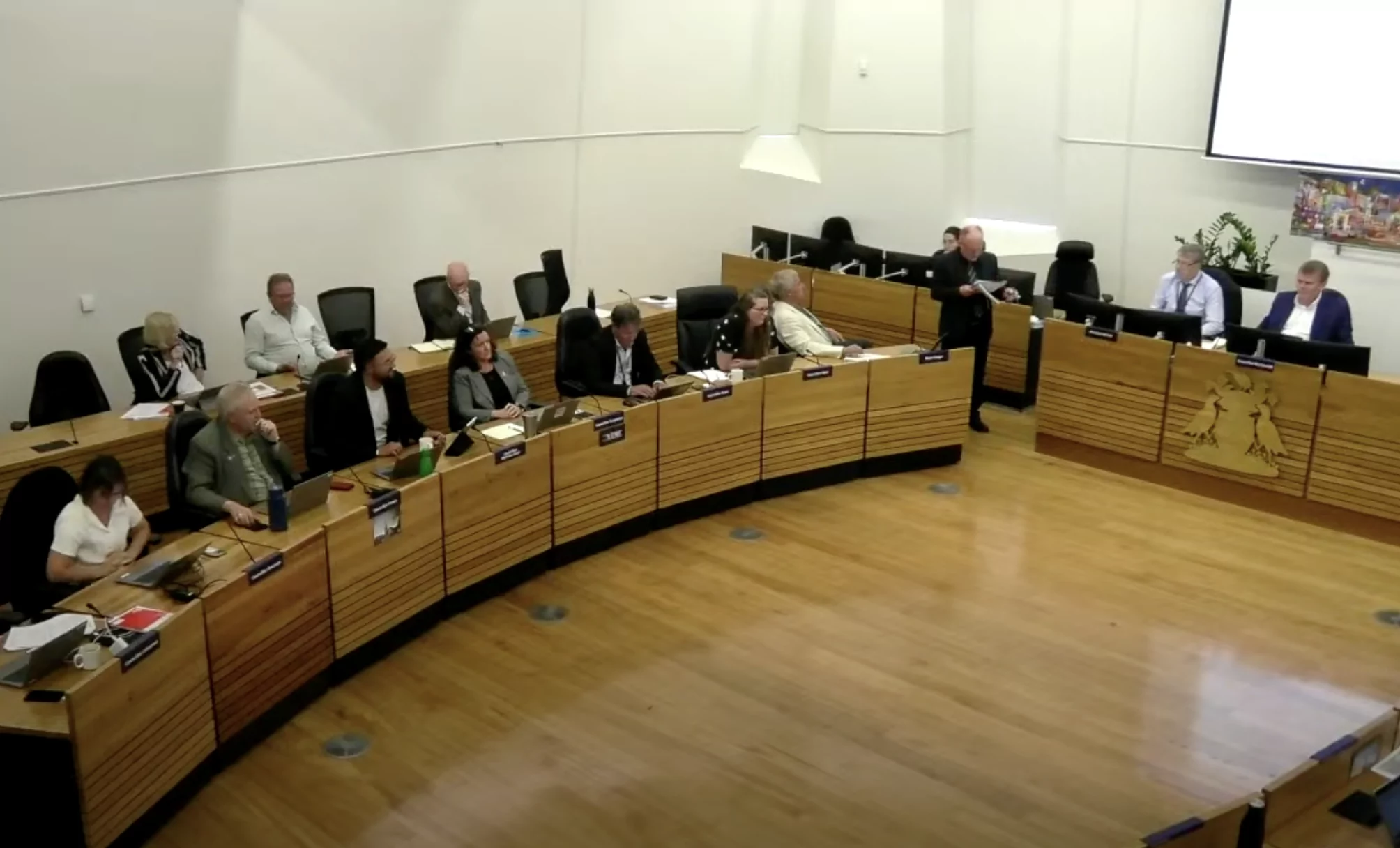Halswell Councillor Andre Moore has raised concerns about Christchurch City Council’s transport planning, questioning whether new subdivisions are being burdened with unreasonable infrastructure costs, particularly raised traffic platforms, and warning that legal challenges could follow.
During a Council briefing on Tuesday, Moore questioned Transport Planning and Delivery Manager Lynette Ellis about how decisions are made when retrospective changes to road designs are needed.
Referring to a section of his ward where traffic changes had caused significant problems, Moore asked, “How could I, in my right mind, want to approve the retrospective changes? What happens if the board doesn’t approve it?”
Ellis replied that decisions would need to be worked through on a case-by-case basis.
She explained that if a board did not approve infrastructure listed as a condition of consent, such as the raised platforms on Kennedy’s Bush Road, it would require a formal variation to the resource consent.
Moore then pressed Ellis about a specific intersection near William Britton Avenue, highlighting wider concerns about staged subdivision development.
Ellis confirmed that reports on the issue would be brought to the board within the next few weeks and that the long-term solution included building a new connecting road to ease traffic pressure, as well as addressing safety concerns near a planned new primary school.

Halswell Councillor Andre Moore has raised concerns about Christchurch City Council’s transport planning
Moore raised broader worries about the Council’s ability to impose infrastructure costs on developers and, by extension, new homeowners.
He pointed out that four raised traffic platforms on Kennedy’s Bush Road and another four on Quaifes Road with one of the platforms costing $165,000.
“We’re imposing a lot of infrastructure here, such as raised platforms,” Moore said. “Are we risking legal challenges? Developers and homeowners are asking me, ‘Why are we having to pay for all this infrastructure?’”
Ellis responded that councils are allowed to impose certain conditions on subdivisions if they relate to safety improvements on the road network.
She said traffic infrastructure such as raised platforms could be justified in situations where intersections need to be made safer but road widening was not feasible due to surrounding land constraints, such as roadside drains.
Ellis acknowledged Moore’s concerns and said Council staff were trying to ensure only “reasonable” changes were required.
“The team goes through a big process to understand what a reasonable change is,” she said. “That’s what you’ll see in the upcoming reports, the reasons why conditions are proposed, so you’re not left sitting here today feeling like you don’t understand why this is happening.”
Moore said he remained concerned about where the line is drawn, warning that if Council could mandate expensive infrastructure such as four raised platforms for a single development, “there’s going to be a point where legal challenges come.”
